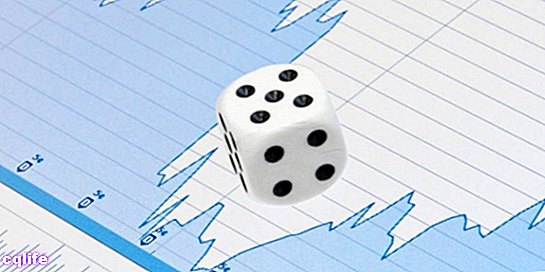We explain what probability and statistics are, their fields of study and characteristics. Also, the types of statistics.

What are probability and statistics?
When we speak of probability and statistics, we commonly refer to the study of chance from a mathematical point of view. That is, to the study of the formal laws that govern it, from two clearly differentiated points of view:
- The probability It is understood as the degree of certainty that one has regarding whether an event occurs or not, and it also constitutes a discipline in charge of making Models predictive for random phenomena, in order to anticipate them and study their logical consequences.
- The statisticsinstead, it offers methods Y techniques own to understand what these models mean, since it is an independent discipline, a branch of the math, focused on the study of variability.
Probability and statistics are closely linked, since they are the two great tools that humanity has to deal with random phenomena.
That is, they study those whose patterns of occurrence are beyond our perspective or involve calculations that are too large and with too much margin of error to attempt to address them in a concrete way. Thus, it is necessary to make models and approximations, and to work in terms of percentages of occurrence.
Probability
Probability is a field of study, which is dedicated to the Theory of Probability, a branch of mathematics that is widely used in disciplines such as mathematics, social Sciences, the finance, the economy and, of course, statistics, to obtain conclusions regarding how likely it is that an event will or will not occur.
The need for this type of study arose thanks to the desire of the human being to be able to predict the future with a certain margin of certainty, something that translates into the possibility of anticipating and avoiding catastrophes, for example.For this he proposes various laws and approximations that often allow the scientific calculation of what is considered probable, and which is often contrary to what our intuition points us.
Statistics
Statistics arose out of the need for Condition modern thinking and controlling your populations growing. That is the reason for its name, coming from Italian statista ("Statesman") and by direct translation from German Statistik. Today, this discipline is useful for countless Sciences and applications, organized into two large areas of study:
- Descriptive statistics, dedicated to visualizing, describing and summarizing numerically or graphically the information obtained from a set of statistical data.
- Inferential statistics, dedicated to proposing models, predictions and inferences from the observations made around the randomness of a phenomenon.
Both branches are part of applied statistics, which aims to solve problems about the probability of certain real matters. Something vital for decision making and future planning.
